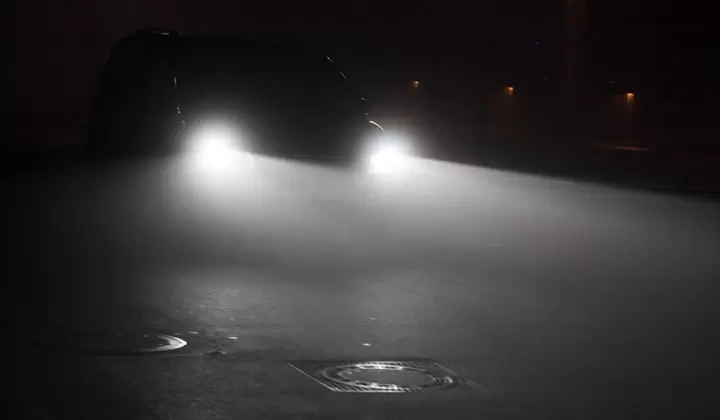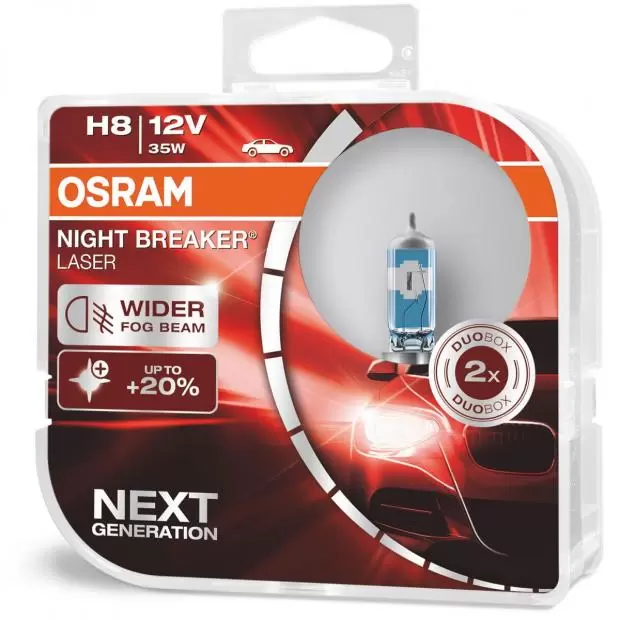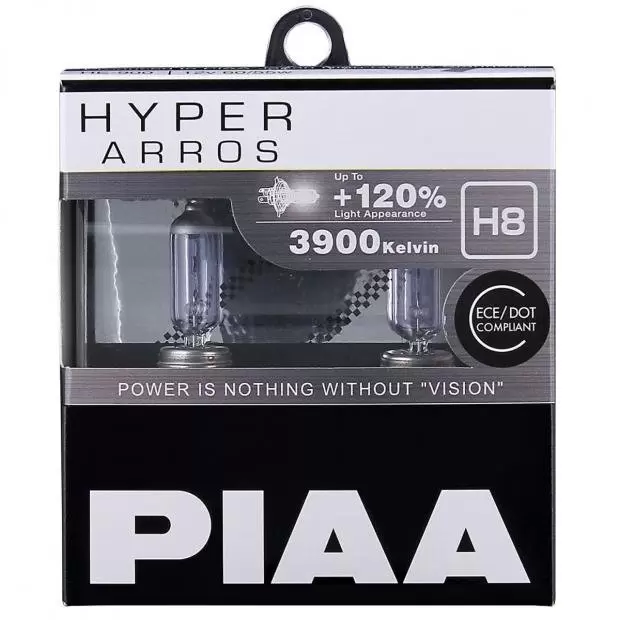 Rules on Fog Lights
Rules on Fog Lights
The laws on fog lights vary depending on where you’re driving. All vehicles in Europe and the UK are required to have fog lights in the rear of the vehicle. In the United States, no such rule exists. However, because auto makers are already installing fog lights for European models, they often leave them on the US models as well.
Some vehicles come equipped with front fog lights, but these are not legally required anywhere. They may be an additional option with some vehicle packages. Front fog lights are also common in luxury vehicles, which tend to offer more features.
In the UK, the law also states that drivers may use their fog lights when visibility is seriously reduced. However, when visibility improves, you must turn off your fog lights. As the law says, this is to avoid confusing other drivers who might mistake them for brake lights, as well as to ensure you’re not distracting or blinding anyone.
When to Use Fog Lights
Clearly, your fog lights are useful when there is thick fog. That’s because fog can severely limit visibility on the road. Rear fog lights ensure that drivers behind you can see your vehicle and won’t rear-end you. Front fog lights can also help when there’s dense fog in the air. Front fog lights are angled downwards, so they give you greater visibility without reflecting off the moisture in the air.
As previously stated, the laws in the UK suggest that drivers use fog lights when visibility is seriously reduced. This is defined as visibility of less than 100 metres ahead. This can happen not only in foggy conditions, but also in heavy rain, sleet, or snow. Any time you’re struggling to see what’s ahead of you due to inclement weather, it’s best to turn on your fog lights.
When Not to Use Fog Lights
Fog lights are not the same as daytime running lights, a popular feature in many new vehicles. While daytime running lights can also help make you more visible to other drivers, they are designed to be left on at all times. Fog lights, on the other hand, are meant to be used only in specific circumstances. Don’t make the mistake of leaving your fog lights on all the time.
You should only turn your fog lights on when visibility is reduced due to fog, rain, or snow. Don’t use your fog lights simply because it’s dark outside—that’s what your headlights are for. As soon as the weather clears and visibility improves, you must turn off your fog lights.
Best Fog Light Bulbs
Although you may not use your fog lights often, it’s still important to have high-quality bulbs when you need them. Many drivers never think about replacing their fog light bulbs and just stick with the standard manufacturer’s parts. Upgrading your fog light bulbs can improve the performance and appearance of your vehicle.
While fog lights used to come only in very low colour temperatures, which have a yellow cast, you can now purchase much better fog lights that offer a whiter light. The OSRAM Night Breaker Unlimited and Cool Blue Intense lines both come in fittings that may be used as fog lights and offer a bright, stylish light output.
We offer these and plenty of other options for those looking to upgrade or replace their fog light bulbs, including styling bulbs and maximum performance bulbs.





















_120_41.png)









 Close
Close